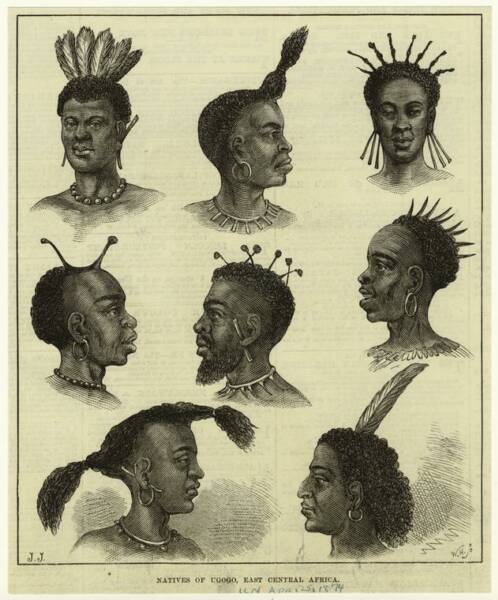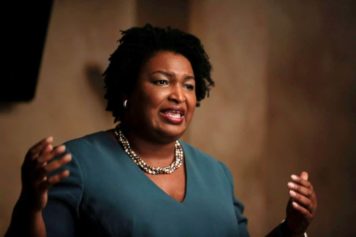The Appropriation of Black Hair
1400s-1500s:
During this century, Europeans traded on the west coast of Africa with people wearing elaborate hairstyles, including locs, plaits and twists, reports thirstyroots.com.
For Africans at that time, hair was a symbol of strength, life force and spiritual power. Initially, Europeans admired the complexity of African hair styles, texture and adornment.
But as they began exploiting the continent, Europeans wanted to decimate the culture of the African people and often shaved their hair to further strip them of their heritage.
1700s:
As Black people were forced into enslavement in America, the non-European texture of their natural hair was referred to as “wool.”
Color consciousness, the awareness of racial differences, came to the forefront as Africans created makeshift hair products in the New World to adapt to its culture and ideals. No longer able to use the herbs and oils of their homeland, they relied on butter and bacon grease as cleansers and conditioners, according to thirstyroots.com.
Their diet in bondage was stripped, causing physical damage to their hair and even scalp disease. Black people began to wear headscarves for grueling work in the fields.




